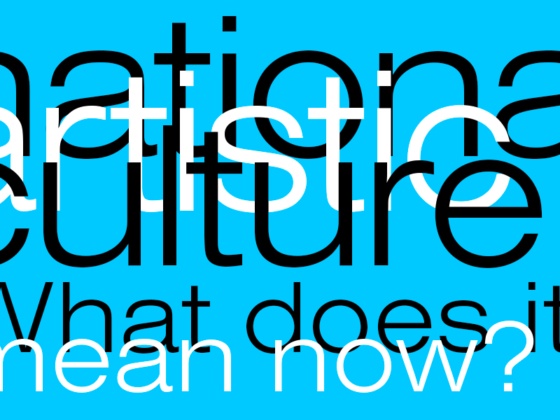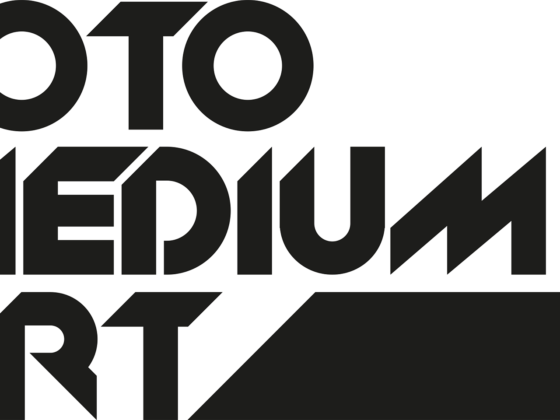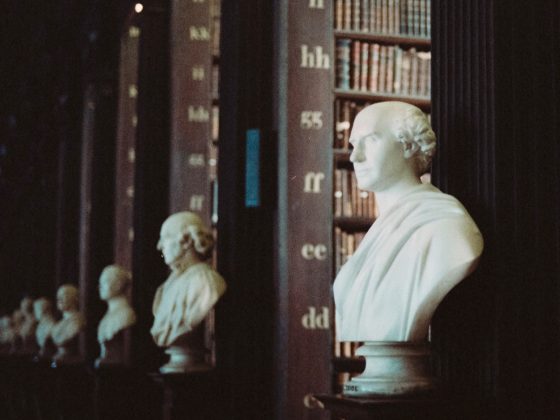In the context of Duniko’s art, this change of the game’s object is so imperceptible that it is difficult to indicate the boundary moment. This, however, should not be surprising. It is a feature of such games, after all, that if a change occurs, it is total and timeless – everything that has happened thus far in the game is altered. What constituted the first game becomes the second; the game continues. In the first game, the question was: “what is art?” In the second, the question is: “when does art occur?” Are these, however, two different questions?
In the second game as played by Dunikowski, like in the preceding one, impermanence and transience have the lead roles. In the first game, the work of art assumed the form of an event. The performative, action-oriented character of those events meant that they passed, leaving behind objects – traces: a photographic record, a note, a text which was a mere fragment, and therefore a trace of a non-existent whole. In the second game, however, impermanence becomes the attribute of the produced object, which is no longer a trace, nor does it point to anything that would precede it. Duniko employs impermanent materials, such as paper (the Stamp Albums and Crumpled Screens cycles), most likely on account of this very quality. The objects, like Duniko himself, incessantly but imperceptibly undergo change. ‘Moment art’. The art of a moment or the art of a process? The art of a moment and the art of a process?
Occasionally the two games coalesce, transcending the temporal order and creating hybrid forms. Duniko’s Breath – a record of a moment and, at the same time, an object which immortalized the moment. The object and the process in mutual penetration. The stratification, differentiation and positioning within mutual references continues endlessly. The transparency of the plate commences a game with the solidity of the material object. The visual representation located on the plate lends itself to viewing from both sides – the window changes into a mirror. When does art occur? In the moment of the breath or in the eternity of the trace?
The third game finally forces us to consider the recipient. Why have we not done so earlier? After all, art always involves a recipient. A probable reason for this neglect of a factor indispensable to artistic communication is that the first two games were primarily the artist’s games. It was he who posed questions for himself through his works – questions concerning art, reality and their mutual relations. Even if these questions did not lead to any decisive answers (which is usually the case with art which consistently seeks new horizons), even if they were sometimes asked only instinctively, without the awareness of posing a question, they invariably concerned first of all the subject of artistic events – their prime mover – in relation to those events. Now, the structure of the works begins to reveal an intensifying awareness of the Other’s presence. The works from the Ready for Use cycle, or from its extension, The New New Revolution, assume the form of a singular invitation for the viewer to collaborate mentally. The Current Program project, in turn, returns to the public space in which Duniko’s early artistic actions were realized. This time, however, this area is perceived as the domain of the audience, as a space of social interaction with an increasing presence of various institutions, as a space appropriated by the cultural industry.
The fourth game, like its predecessor, is a game with the audience; nevertheless, it differs from the previous one. The reception of works from the Point of No Return cycle assumes the form of an epistemological game of sorts, one in which the structure of interpretative activities undertaken with regard to art becomes a model for all epistemological actions, especially those aimed at the environment which is active, fluctuating and which incessantly shapes its existence and form.
It is only in the context of this last game that we discover in Duniko’s work a return of traditional artistic values. Form, color, texture, the plane, the solid unexpectedly become the all-important factors in Dunikowski’s newest works. Having made this discovery, we also notice that those factors have practically always been present in his art. However, in earlier phases they were relegated to the background and seemed not to participate significantly in the games played there. Contrariwise, in the current epistemological game, it is these factors which conduct it, organizing and disorganizing the reception and interpretation of the experienced phenomena. This affects the status of those artistic qualities; organizing the game, they simultaneously become a part of it; they are subordinated to its principles. Escaping the reign of traditionally understood aesthetics, they fall under the sway of game theory and the logistics of creative practice.
All of the games separated for discussion above – and their actual number is certainly much higher – define the dynamics of the transformations which Wincenty Dunikowski’s art undergoes. They determine the process in which ever newer orders are forged to organize the course, structure and features of artistic events. They establish the mutual relations between the elements of artistic communication. Significantly, they also introduce invariable elements and qualities into this world of constant flux, supporting (or expressing) the permanence of Duniko’s attitude. “Rebellion does not end, it is merely stabilized,” wrote Stanisław Grochowiak in one of his poems. Such is the case with Dunikowski’s art; in its miscellaneous forms it maintains a consistently critical reserve towards the changing environment. It combines the permanence of the approach with the mutability of its expression.
Ryszard W. Kluszczyński

Artykuł publikowany w ramach Programu Operacyjnego Promocja Czytelnictwa
ogłoszonego przez Ministra Kultury i Dziedzictwa Narodowego













